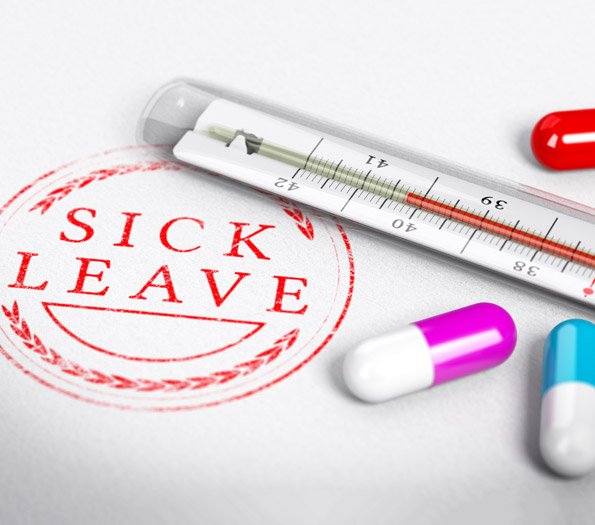Paid Sick Leave Law in New Jersey: Here are the Details you need to know

New Jersey lawmakers in 2018 passed a law that would see employees in the state get one hour of paid sick leave for every 30 hours worked, which could add up to 40 hours in a benefit year. The law covers everyone, including seasonal and part-time employees.
The act however excludes public employees who are already enjoying sick leave benefits; union construction workers; and per diem nurses. Get in touch with an employment attorney Newark NJ to help you understand if you are covered by this act.
How the leave can be used
Employees are allowed to utilize their accrued paid sick leave after working for at least 120 days from the day they are hired for these reasons:
- To undergo diagnosis and/or treatment of a physical or mental illness
- To receive preventive care
- ● To provide care or aid to a family member who is undergoing diagnosis or receiving care or treatment for a mental or physical illness
- To attend to an issue relating to the employee’s or a covered family member’s status as a sexual or domestic violence victim
- To attend a mandatory or requested meeting at school to discuss their child’s health condition
- Closure of a worker’s workplace or of their child’s school due to a health emergency
Who is a family member?
Family members covered in this act include an employee’s spouse; biological child, foster child, legal ward, or adopted child; sibling; spouse’s sibling; parent; parent of spouse; grandparent; spouse’s grandparent; any other blood relatives; and individuals whose association with the employee is the equivalent of family.
Rules governing payout
Employers are not compelled by the act to pay employees for their unused sick time at the end of the benefit year.
Employer Separation, Transfer, and Reinstatement
If an employee is transferred to a different division or entity under the same employer, they will retain all remaining hours of the accrued sick time in that benefit year.
In the event of termination or separation of employment, the act does not compel the employer to pay the employee for the unused accrued sick time. If, however, an employee is reinstated within six months of their termination, all the unused sick time of their yearly allocation must be reinstated.
Required notice and recommendation
In cases of foreseeable absences, the employee may be required to inform their employer of plans to use sick leave. Employers are also allowed to proscribe foreseeable absences on certain days and ask for reasonable documentation for sick leave that is not foreseeable.
For unforeseeable absences, the employee should notify their employer of the employee’s intention to leave as soon as possible.
If an employee does report to work for three or more consecutive days, they will be required to come with documentation confirming that they used the leave for a purpose covered in the act.
Notice and record-keeping rules for employers
Employers are required by the new law to post a notice of the new law in the workplace and ensure each individual employee gets a copy of the same within 30 days after they start working for the employer. A copy should also be available at an employee’s request.
